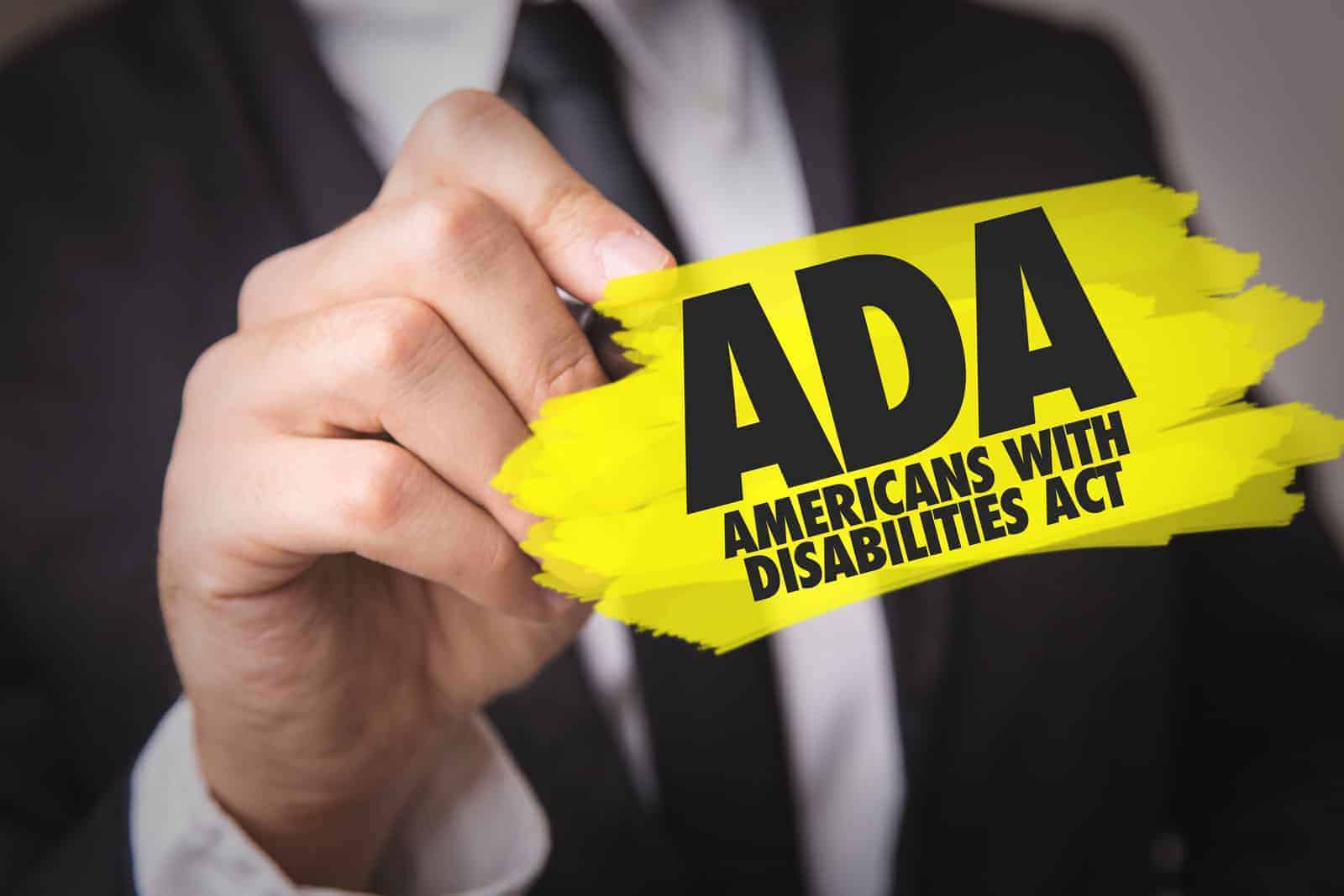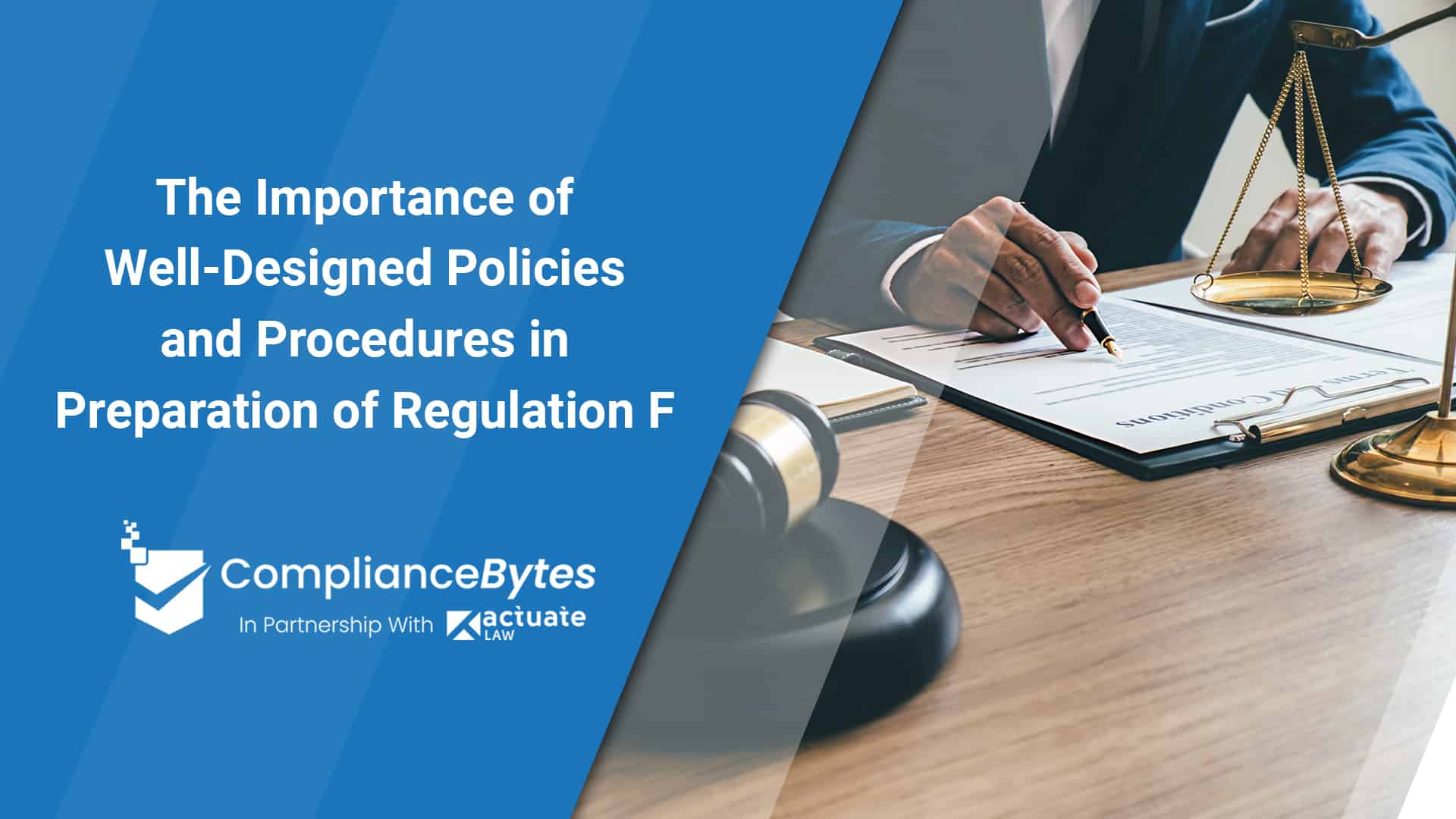
5 Questions to Ask Yourself About Americans with Disabilities Act or ADA Compliance for Receivables Management Firms
The ruling by the 9th Circuit Court in the Dominos vs Robles case and the subsequent refusal to hear an appeal by the U.S. Supreme Court has created new compliance requirements for all businesses operating a website. Websites and applications are now expected to provide accessibility to everyone including the differently-abled individuals as per the Americans with Disabilities Act.
Business owners now need to make content accessible to people with visual, audio, physical or other impairments covered under the act.
The Americans with Disabilities Act (ADA) prohibits discrimination against individuals with disabilities in all areas of public life, including jobs, schools, transportation, and all public and private places that are open to the general public.
Most websites built in the last few years on platforms like WordPress are nearly compliant to understand the requirements of physically impaired individuals. However, due to complex requirements it’s almost impossible to accurately evaluate their needs. By using specialized accessibility tools and new technology—the interface, codes and web applications, understanding the command of people with disabilities is quite possible.
As our team has started to address Americans with Disabilities Act or ADA compliance for clients in the receivables management industry, we have heard many of the same questions. This article addresses those top 5 questions we are asked about ADA and how it applies to creditors, debt buyers, collection agencies, collection law firms, and other industry vendors.
1 – What are the ADA Compliance Requirements and Guidelines?
There are varying levels of compliance with ADA requirements. Web Content Accessibility Guidelines (WCAG) is the standard drawn for ADA compliance. In addition, complying with rules like color contrast and colorblind considerations demonstrates your organizations commitment to accessibility. Although these guidelines are not required, we strongly suggest companies to consider the law in order to provide the best experience to consumers with disabilities.
WCAG Level AA / WCAG Level A
Web Content Accessibility Guidelines (WCAG) includes a series of guidelines to follow in order to make web content more accessible to differently-abled individuals. (Web content generally refers to the information on a web page or web application including text, images and sounds, code, markup schema, etc.)
Section 508
A federal law that requires all electronic and information technology developed, procured, maintained, or used by the federal government be accessible to people with disabilities (Access-Board.gov). Technology is considered “accessible” if it can be used as effectively by people with disabilities as by those without.
Colorblind
Users that are colorblind may have difficulty reading consuming content where the text or images color does not have a strong enough contrast to the background. Although not compulsory, these features are considered best practices for ADA compliance.
2 – Why Does ADA Matter for My Receivables Management Firm?
There are a few different reasons that collection agencies, debt buyers and law firms need to comply with ADA requirements. As an industry that is constantly under attack from litigious attorneys, Americans with Disabilities Act is another tool they use to file lawsuits. We expect to see this issue arise more frequently in 2020 and beyond.
As a result of this litigation threat, creditors have already started to include questions in the RFI and vendor audit processes. Debt buyer, collection agencies, collection law firms and other vendors need to demonstrate the policies and procedures on how their online tools are evaluated for ADA compliance. Just like other compliance requirements which have been pushed down from the originating creditors to the debt buyer, and eventually their legal and non-legal service providers, ADA compliance is expected quickly to become a requirement to work with larger financial institutions.
As mitigating litigation risks and ADA are becoming more common requirements of the creditors, ADA is expected to become part of your client and vendor audit process in 2020. Be prepared to demonstrate how you are validating compliance regularly.
3 – What Changes Does My Website Need To Comply With ADA?
This is something that will vary based on when your website was originally built, what platform was used to build it and how well the original developer has utilized the Search Engine Optimization (SEO). Many ADA compliance requirements are similar to SEO practices. ADA compliance and good SEO overlap in requirements. This means if your website complies with the guidelines drawn by ADA, you are already on the right path. Your website may not need a major transformation. Based on the compatibility, an older version of the website may need an upgrade.
Some of the backend coding updates to comply with ADA might include:
- Ensuring every image has descriptive language in the code that can be read by screen reader technology.
- Validating the site that it can be navigated without a mouse. This includes specific coding to enable navigation with voice or assisted access technology.
- Required attribute codes installed to enable screen readers to understand specific pieces of information.
- Enhanced markup schema for easier identification of content classifications.
Changes you see to the publicly accessible parts of your website might include:
- Changes made to font and background colors to improve the contrast of readable text.
- New accessibility page explaining how the website has been made accessible.
- Updates to Privacy Policy text.
4 – How Long Does It Take for a Website to Become Compliant
Ensuring your website is compliant or not may require a good amount of time. If your website is already updated and built with the necessary tools and complies with the guidelines laid by the ADA Act, you wouldn’t need an upgrade. In case, your website is old, then the probability is that it might need an update. Depending on the technology used to build your website, there can be a wide range of timelines. From my experience, it has taken about 10 hours to get started and bring the site to an acceptable level. Compliance is a recurring process. We suggest you reevaluate your website every 3 months to ensure that your platform is up-to-date and meets the latest guidelines.
5 – What Happens If I am Not Compliant with ADA Standards?
The honest answer is maybe nothing; as long as you are fortunate enough to not be questioned by a consumer advocate attorney. Although the possibility is that none of your clients may require ADA compliance in their audits and no consumer or consumer advocate attorney may contact you.
Beyond the potential cost of non-compliance, companies need to consider the benefit to the consumer experience. Some of the consumers you communicate with may have disabilities. By complying with the ADA guidelines, you are making it easier for those consumers to interact with your business online.
It only takes one instance to spark a significant lawsuit. With consumer advocate attorneys regularly on the prowl to file lawsuits about anything, you can never be too prepared. Also, you might definitely not want to miss out on 10-20% of the potential consumers in the U.S. who have disabilities (as per the Census Bureau Reports).
About the Author
Adam Parks is the CEO of Branding Arc, a marketing agency providing 360-degree branding and compliance solutions for the receivables management industry. Branding Arc is also a host to many creditors, debt buyers, collection agencies, law firms and all types of vendors in the industry. It acts as an outsourced marketing segment to several prominent digital brands. Adam has been the creative force behind many popular industry brands, websites and software solutions.




